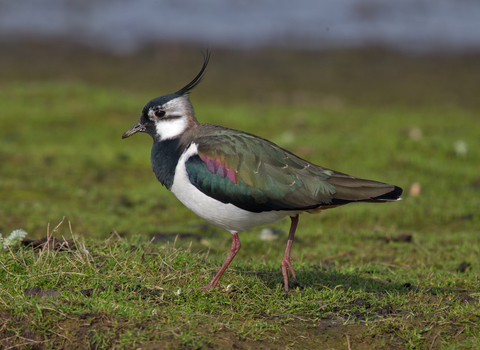(c) Nicole Daw
Walborough
Location
Know before you go
Dogs
When to visit
Opening times
Open at all timesBest time to visit
April to JulyAbout the reserve
Walborough is a beautiful limestone grassland and is a Site of Special Scientific Interest (SSSI) with exceptionally rich plants including a number of nationally rare species.
The best areas of grassland are on the steeper slopes, where you will find dozens of butterfly species in summer.
Wildlife
The grassland flora includes the nationally rare Somerset hair-grass and honewort. Also found here are green-winged and early purple orchid, autumn lady's tresses and abundant cowslips.
Butterflies include brown argus, grizzled and dingy skipper and grayling. The salt marsh has a number of nationally scarce plants including sea barley, slender hare's-ear and sea clover. Patches of sea-lavender add a splash of colour in the late summer.
Good numbers of wildfowl and waders can be seen on the estuary during autumn and winter, including redshank, dunlin, shelduck and black-tailed godwit.
Birds wintering on the salt marsh include skylark, rock and meadow pipit, linnet and, occasionally, twite.
The reserve was purchased and managed through support from the Heritage Lottery Fund, Esmee Fairbairn Charitable Trust, Woodspring District Council, Avon County Council and public donation.
Walborough Explorers Pack
We've created a resource pack for visitors, filled with information about Walborough and inspiration for what to do and what to look out for when you're there. You can download the full pack below:
You can also download some of the individual sections here:
Birds to spot in spring/summer
Birds to spot in autumn/winter
Risks to be aware of when visiting Walborough



